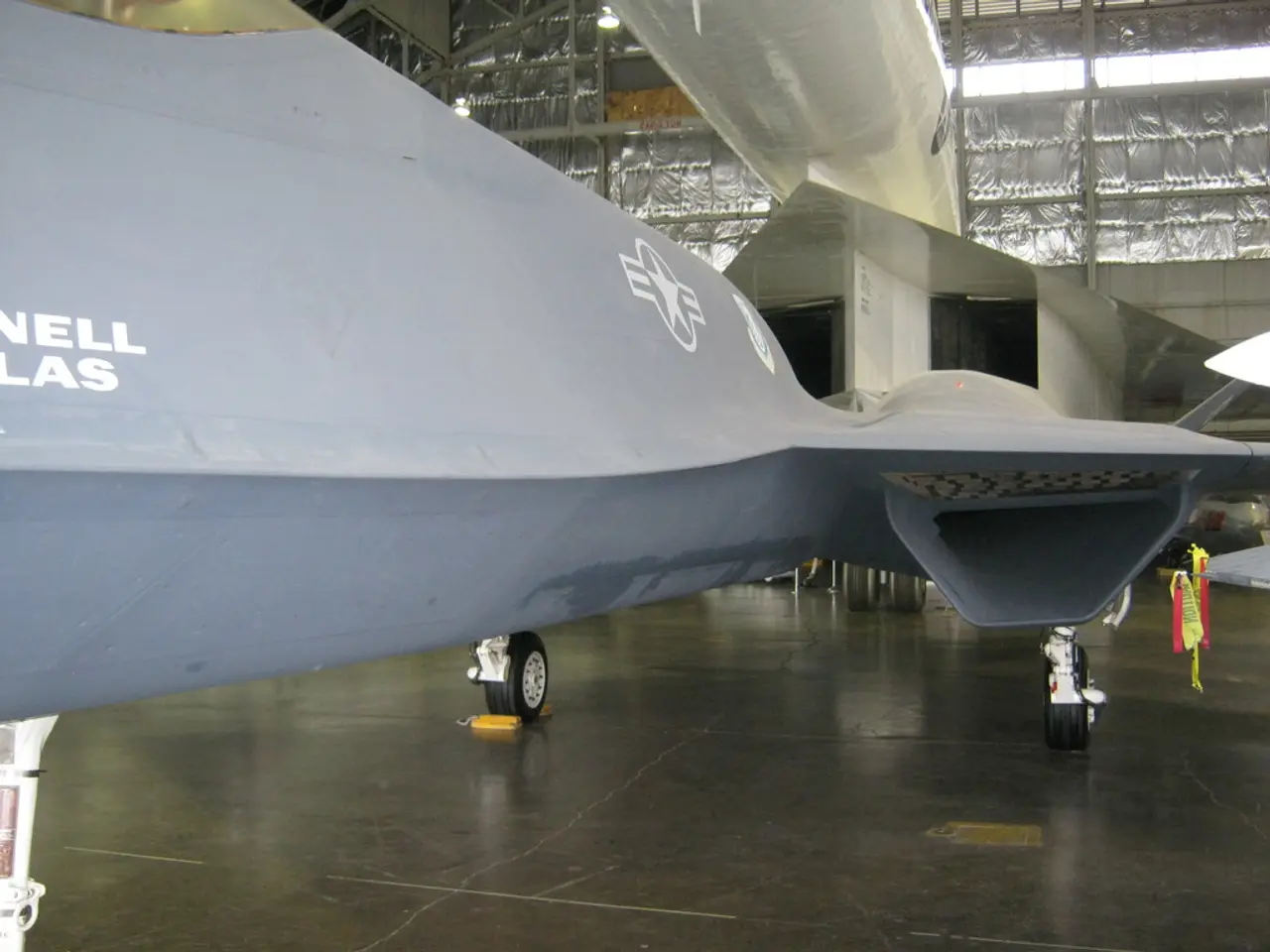Aviation authorities in Singapore identify flight turbulence as a significant safety concern
The Civil Aviation Authority of Singapore (CAAS) has recently added flight turbulence to its list of state-level operational safety risks, acknowledging it as a developing area for safety improvements. This decision comes in response to two incidents involving Singapore-registered aircraft that occurred in 2024, one of which resulted in the death of a 73-year-old passenger.
In one incident, a Boeing 777, en route from London to Singapore, experienced severe turbulence over Myanmar. Another Boeing 787-9 encountered turbulence during descent in Hong Kong, resulting in multiple injuries. These incidents were not part of the key safety risks listed in the National Aviation Safety Plan for the 2022-2024 period.
To address this issue, CAAS is collaborating with international authorities such as the International Civil Aviation Organization (ICAO) to promote the use of enhanced turbulence forecasting and on-board turbulence detection systems. Real-time turbulence data is being shared among these authorities to help flight crews avoid areas of potentially hazardous turbulence.
Modern weather radars and turbulence awareness applications are being utilised to enable such avoidance, with the aim of minimising the impact of events caused by turbulence. The CAAS is also working with international civil aviation authorities to encourage the adoption of these technologies.
Climate researchers predict that flyers are likely to experience more air turbulence in future decades due to the effects of climate change. The type of turbulence set to increase is unpredictable, making it a significant concern for the aviation industry.
In response, the National Aviation Safety Plan now includes incorporating turbulence-related scenarios as part of evidence-based training for flight crew. Singapore-based airlines have also been implementing measures to minimise the impact of events caused by turbulence.
Governments around the world have already been working together to map some of the world's most turbulence-prone flight routes. The CAAS is part of this collaborative effort, aiming to ensure the safety and comfort of passengers and crew alike.
The National Aviation Safety Plan for the 2022-2024 period already listed a multitude of key safety risks, including loss of control in-flight, mid-air collision, runway excursion, runway incursion, controlled flight into terrain, system/component failure, and abnormal runway contact. These risks were responsible for ten incidents over the 2022-2024 period. With the addition of flight turbulence, the CAAS aims to further improve aviation safety and mitigate the risks associated with this developing safety concern.
Read also:
- MRI Scans in Epilepsy Diagnosis: Function and Revealed Findings
- Hematology specialist and anemia treatment: The role of a hematologist in managing anemia conditions
- Enhancing the framework or setup for efficient operation and growth
- Hydroelectric Power Generation Industry Forecasted to Expand to USD 413.3 Billion by 2034, Projected Growth Rate of 5.8% Compound Annual Growth Rate (CAGR)








